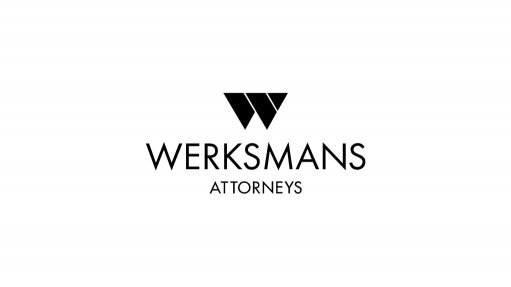
In the case of Swatch AG (Swatch SA) v Apple Inc, in the Supreme Court of Appeal (SCA), Swatch AG, the owner of the SWATCH trade mark had opposed the registration of the IWATCH trade mark filed by Apple Inc.
The High Court dismissed Swatch’s opposition which it then appealed to the SCA. Swatch argued that its SWATCH mark and the IWATCH mark are confusingly similar that there would be a likelihood of deception or confusion.
The enquiry was concerned with whether IWATCH was confusingly similar to SWATCH.
Apple inter alia argued that the likelihood of confusion was substantially diminished by its longstanding established brand with a family of i-prefixed trade marks and that these products and services gained popularity around the world and in South Africa. A consumer who would encounter an Apple product with the i-prefix, would recognise the product as part of the Apple i-prefix family of products.
To determine whether the two marks were deceptively or confusingly similar, the SCA considered the visual, aural and conceptual similarities of the marks; how the marks would be perceived by the average consumer; and the degree of similarity of the goods in relation to the degree of similarity of the marks.
Swatch argued that both marks consist only of words, having no logos or other distinguishing matter, both contain the common element ‘WATCH’ preceded by a single letter prefix which presented the only visual difference and the marks sounded the same.
The SCA confirmed that as both marks use the common element ‘WATCH’ a visual similarity was created but went on to state that where marks contain a descriptive word, emphasis must be placed on the prefix. The court held that the prefixes of each of the marks are the visual differentiators and which differentiated the marks from one another.
It was further stated that it is not the purpose of trade marks or copyright to secure monopolies over descriptive words which have obvious relevance to the goods for which they are to be registered.
A further factor that was taken into account was that consumers would be more affluent and would be more concerned with the brand of watch that they wanted to purchase and would be less likely to be deceived or confused by the limited similarities between the marks.
This case illustrates the difficulties in enforcing rights in descriptive words which are incorporated in trade marks and that care should be taken when choosing trade marks which include such words.
Written By Janine Hollesen, Director at Werksmans Attorneys